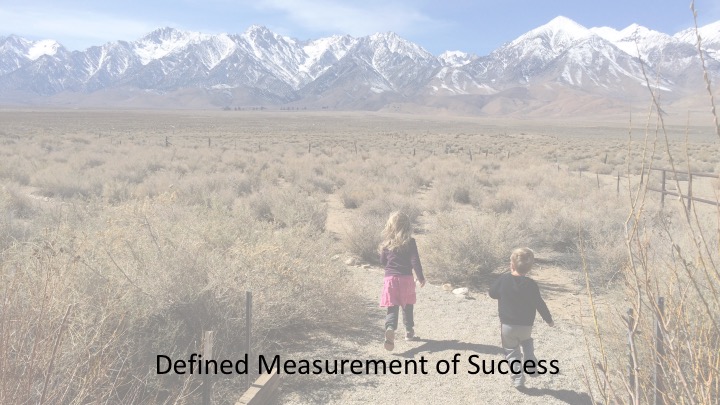No matter where you live, there will be opportunities to engage with your community. You need to determine HOW you will serve them: broadly (serving many individuals in a limited way) or deeply (serving fewer individuals but developing a relationship with them). You can’t go wrong with either path, you just need to decide what you would like to do before you proceed.
Los Angeles is an arts education desert. Children are not afforded the opportunity to receive sequential learning in the arts. At Colburn, I was asked to develop a pipeline of learning that was sequential in nature and helped students in the program develop the skills necessary to thrive.
The school altered its mission, ever so slightly, to reflect a new way of thinking about how we engage with our community. Instead of providing “Access and Excellence,” we now provide “Access TO Excellence.” It’s incredible how changing one word makes such a difference in our vision for programming.
My guess is that some of you are thinking. “Wait, if we pursue excellence, isn’t that an elitist pursuit?”

My answer is simple. Programming is not elite if it’s diverse and inclusive!

Our thought was that if we were going to tip the scales towards excellence, we should be offering the same type of training that any family of means could provide for their children. We developed programming rooted in deep training and excellence for about 200 students. This is the amount that we can comfortably serve while also giving students an authentic experience in the art form with the right scope and sequence.
Here are the four values we used to develop programming at Colburn and I hope that you will consider similar values when launching your own community based initiative:

1. Programming is Rooted in Excellence and Artistry—By far, our most important programmatic offering is access to top notch training, rooted in beauty for every student in the program. Consider the outcomes you would like to have and tailor your offerings to your desired outcomes.

2. Foundational skills building — We strive to start students on their instruments at the right age for them to thrive and then give them the training they need to be successful. Our focus is on beautiful music making by fantastic teachers who are the primary point of contact for the students in the program.

3. Help our students be realistic — I love this photo, ha! It is our believe that the pot at the end of the rainbow may not always be what you expect! In light of this, one of the things we do from the beginning is broaden the definition of success for all of the students in our program. Too often, we see that students are hyper focused on an art form and forget how the art can be applied to other parts of their life and career.

4. Define the definition of success for all involved with the program — We work continuously to help our students understand that they have their own personal measurement of success.
Here are a two quick thoughts for you to consider as you build your own organization:
- Set measurements of success. The Colburn Community Engagement program has two main goals:
- Full integration into our Community School—The Colburn Community School has a long, rich history of excellence. Our goal is to matriculate students who complete our community engagement programs smoothly into our Community School offerings, which becomes one of our signals of programmatic success. Tip: If you don’t have another program to establish internal benchmarks, establish partnerships with other organizations to help you benchmark excellence for your organization. Set a goal for X number of your students to become a part of that organization and measure against that goal each year.
- College Bound—Only 17% of our country has a baccalaureate degree. Having students that are college bound is a huge success, regardless of chosen career path.
- Don’t let current funders dictate your future vision—This is a huge problem in the field. Many organizations fail to make a move towards a smaller program rooted in excellence because they fear they will lose funding from donors or foundations. Tip: Bring your donors and foundations into the conversation at the beginning of the process and have the conversation together.
How does this resonate with you? What challenges do you face in setting up your own diverse and inclusive programming. I’d love to hear from you in the comment section below.